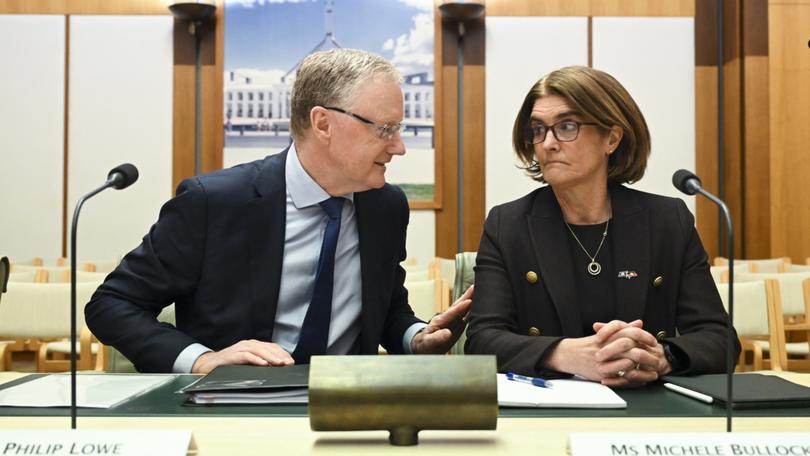RBA research shows banks are borrowing more than before the pandemic

The Reserve Bank has a much larger presence in financial markets after the pandemic, as institutions borrow more from the central lender.
Interest rates were slashed to emergency levels in COVID-19 and plenty of stimulus was pumped into the economy in a bid to keep it afloat.
There was a major expansion of the RBA’s balance sheet which increased its exposure to financial risk, a research paper released on Wednesday found.
Sign up to The Nightly's newsletters.
Get the first look at the digital newspaper, curated daily stories and breaking headlines delivered to your inbox.
By continuing you agree to our Terms and Privacy Policy.The work investigated factors driving demand for reserves — the money held by banks at the RBA for transactions.
“Banks want to borrow between $100 billion and $200b of reserves from the RBA given the current (interest) rate they can do so at,” RBA lead analyst and report author Laurence Bristow said.
“This estimate is much larger than the $3b of reserves banks borrowed before the pandemic.”
He said that reflected a decrease in borrowing costs and rising deposits by customers. It could also mean banks were keeping a buffer in case of liquidity stress.
“Given the current RBA lending rate, banks want to borrow more reserves from the RBA than before the pandemic,” Mr Bristow said.
“This, in turn, requires the RBA to expand the size of its reserve lending operations.
“Larger operations mean the RBA will make up a larger part of the Australian financial system and, as a result, take on more financial risk.”
COVID-19 emergency support sent the central bank’s balance sheet ballooning from 2020 to 2023, tripling to peak at more than $630bn. It has since been pulled back to $431bn.
Huge expansions generally spark rising inflation — and prices accelerated to lift at almost 8 per cent in 2022.
The pandemic-era programs included a Term Funding Facility to offer low-priced loans to banks. That cost the RBA about $9bn after the economy recovered much more quickly than expected.
